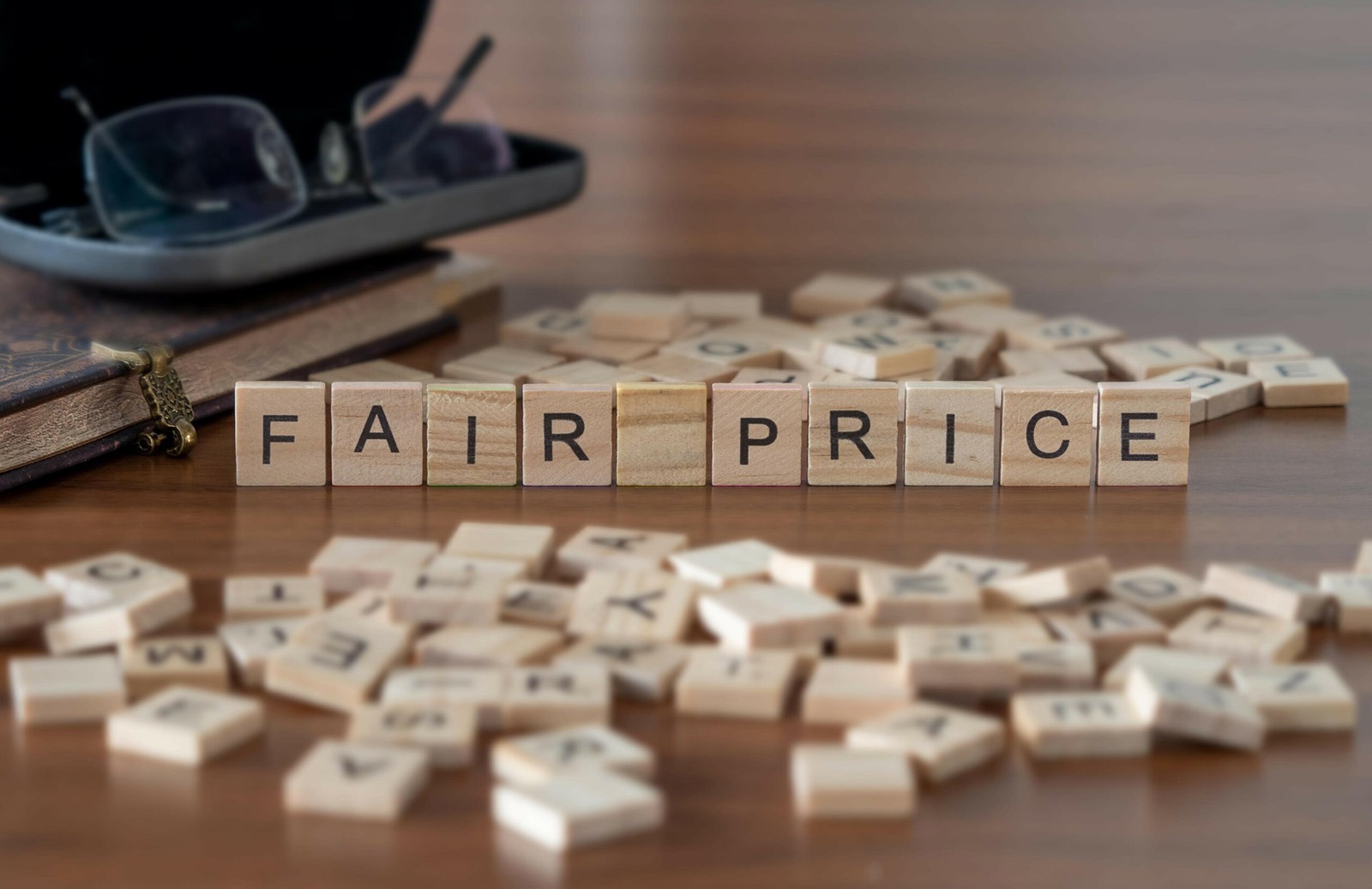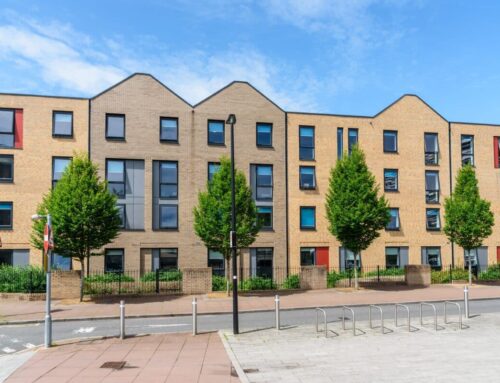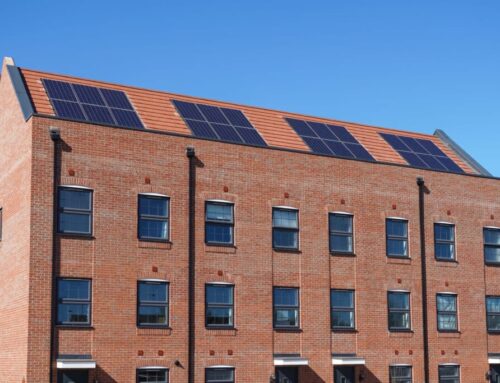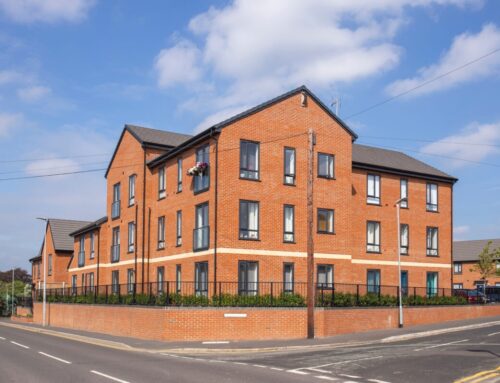Darren Bagnall from Block in a Box looks at how you can determine a fair price for your freehold.
If you and your fellow leaseholders have decided to take the plunge and collectively purchase the freehold of your building, your first question will likely be “how much will this cost?”. It’s a fair question, but not an easy one to answer.
Ultimately, the advice is to seek professional guidance from a specialist solicitor from as early in the process as possible, as well as using a qualified surveyor. Only then will you get an accurate picture of costs- but here we’ll explain the rules around valuing the freehold and give you an idea of what to expect.
Average Costs and Considerations
A very broad average is quoted as £6000 per flat- but there are many factors at play and the amount you’ll actually be charged can vary widely. Influencing factors include:
· The value of the property
· The ground rent
· Any service charges
· Your solicitor’s costs
· Valuation costs
· Tenant’s agreement
· Stamp Duty
· Freeholder’s fees
A qualified surveyor will provide a valuation report. They will look at the length of the lease, ground rent and the condition of the building as well as calculating the “marriage value”. They’ll determine the market value so that a premium can be calculated. This is a necessary step, and the cost of the valuation will vary depending on the number of flats involved and the size of the freehold.
After using a surveyor, the tenant’s agreement document can be drawn up by your solicitor that makes the enfranchisement procedure clear to all parties. It’s not a required step but it is highly recommended for the sake of clarity and a smooth process.
If the freehold, determined by the valuation, is worth more than £250k, Stamp Duty will need to be paid. Again, these costs vary greatly
depending on the overall value and whether or not this is your only home etc. If you have more than one home, this may increase your costs significantly.
Freeholder fees include the legal fees incurred and the costs of a surveyor. The conveyancing fees shouldn’t vary greatly from the costs you’d expect if simply buying or selling a property- usually in the range of £1k – £2k.
Valuation Methods
One of two methods of calculation will be used (based on information from LEASE, and should be noted once again that ‘‘If you are in any doubt about your rights and responsibilities, you should get advice from a solicitor who specialises in this area of the law’’.
– Section 9 (1): “the house (in this case flat) will be valued according to the original valuation basis, that is, the value of the site” OR
– Section 9 (1a), 9 (1c): “the house (in this case flat) will be valued according to the special valuation basis, that is, the value of the house (flat), including a share of the marriage value.”
The two will result in very different figures, so great care should be taken by the professionals involved in your case to determine which method should be used. The choice isn’t optional- it comes down to qualifying criteria.
Ultimately, if the lease meets the original low-rent test and the building meets the value limits, it will be valued in the first way. If not, it will be calculated in the second way. Whichever method is used, the freehold must be valued exactly as it would be if it were to be sold on the open market (by a willing seller and to a willing buyer).
If you and the current freeholder can’t come to an agreement on price, the First-tier Tribunal can be utilised. Be careful here though, as they won’t simply choose yours or the freeholder’s figure, they may well come up with one of their own that neither of you had proposed.
A Checklist for You
As you’ve probably gathered from the above, going through this process without professional assistance isn’t viable. But you can put in some groundwork to supply your solicitor and surveyor with the basic information they need to get the ball rolling.
You can start by checking the first page of your lease. From here they will need:
– The date of the original lease (or the start date of when you took over the lease if this is different)
– The total ground rent charges at the start of the lease
– The total charged in premiums within the lease
Your local authority or water company should be able to supply you with the rateable value of the property on:
– The first day of the lease or on the 23rd March 1965 (whichever is later)
– On the 31st March 1990
As you can see, there’s quite a bit to do before you and your team can settle on an accurate valuation of the freehold. Choosing the right solicitor and surveyor is extremely important so do your research and gather quotes before you go ahead. It’s not a process that should be rushed or attempted on a shoe-string budget, but the resulting control, freedom and additional property value may well be worth it in the long run.







Leave A Comment